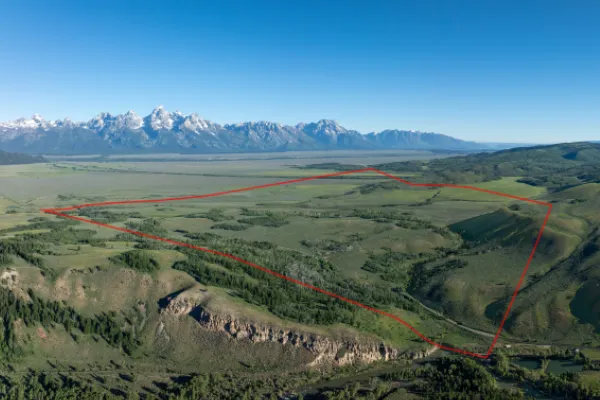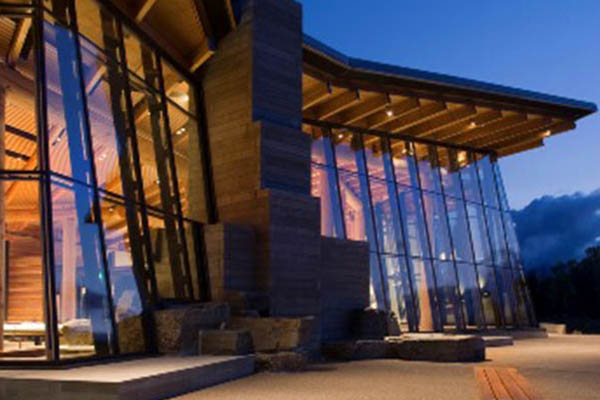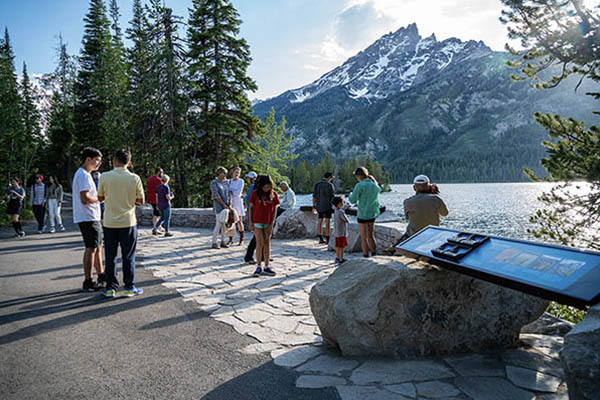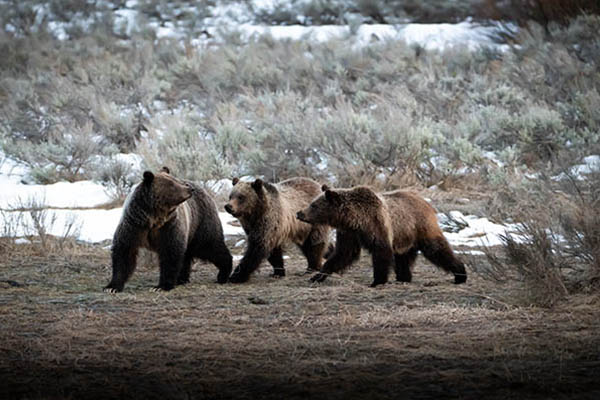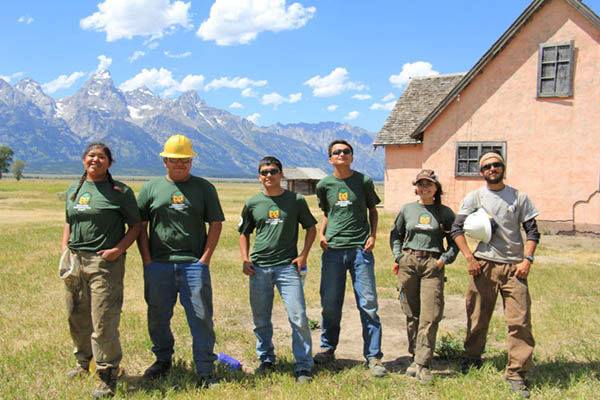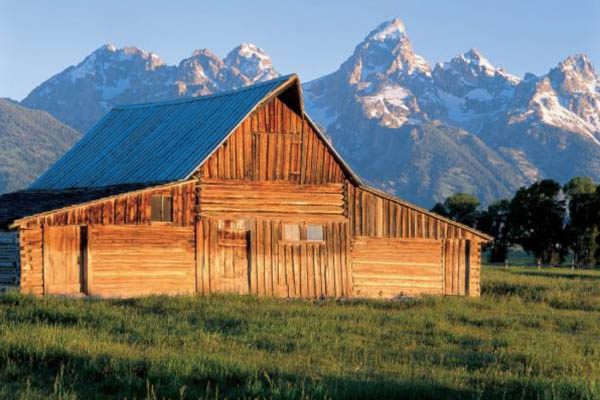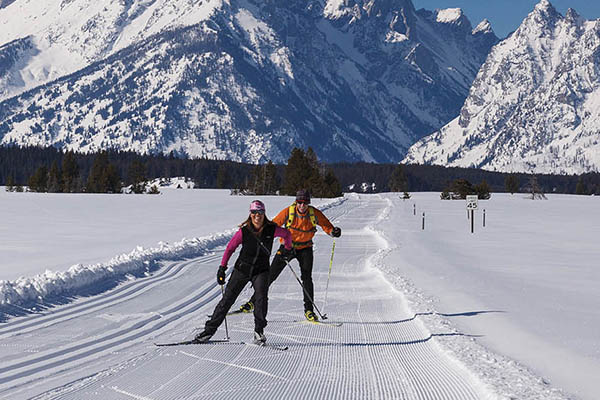
Author: Tyson Chavis
Over a hundred years ago, ranchers and homesteaders replaced thousands of acres of sagebrush and other native plant life with non-native grasses to support their livestock. This change to the natural habitat has significantly decreased the value of the land to wildlife, causing some species like sage grouse to rely on other areas. Elk, bison, pronghorn, and moose are among the expansive list of wildlife species that rely on the native plant life to survive and thrive. Grand Teton National Park’s vegetation staff, with support from Grand Teton National Park Foundation, have been working to convert these non-native grasses back to a healthy sagebrush ecosystem for more than ten years.

The Foundation is funding a youth crew to support sagebrush restoration this summer. The group will spend 80 days in Grand Teton, focusing on the more labor intensive side of restoration—weed abatement and hand collecting native seeds. They are carefully spraying herbicide on invasive weeds that threaten to outcompete essential natural plant life. In addition, they will also help with the removal of smooth brome—a non-native grass that was planted by settlers—throughout the restoration area. This process has been used for many years and is starting to show signs of success.
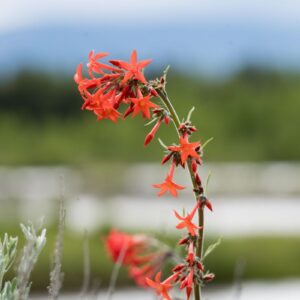
SIGNS OF SUCCESS: Native plant species that were originally displaced by smooth brome are starting to make a comeback in previously treated areas. During the fall season of 2022, youth crews and volunteers successfully collected 800 bulk pounds of seed from over forty different native flora. To store and protect this painstakingly hand-collected seed mixture, GTNPF funded a walk-in seed cooler. This seed cooler creates a stable and climate controlled environment where ecologists can store collected seed and focus on increasing forb (wildflower) and shrub representation in the park. For years to come, the walk-in seed cooler will help progress the sagebrush restoration efforts and support greater plant diversity in Grand Teton National Park.


